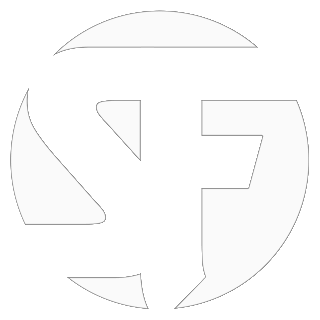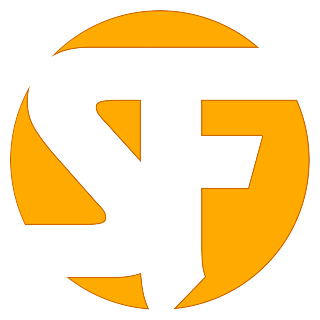
 Unilateral Training
Unilateral Training
Unilateral training refers to a method of training that focuses on one side of the body at a time. This helps correct muscular imbalances and improve coordination. Split squats, lunges, and alternating dumbbell chest presses are examples of unilateral training.

 Toss Your Cookies
Toss Your Cookies
When you toss your cookies, you throw up due to the intense nature of the training or workout. If this is the case, you may want to lessen the workout intensity.

 Throw Down
Throw Down
This is another term for a workout. If you want to achieve your fitness goals, you have to go all out in your throw downs.

 Thick Skin
Thick Skin
Thick skin refers to the accumulation of excessive fatty tissue between muscle and skin. This typically happens in the palms, soles of the feet, and fingertips.

 TDEE
TDEE
This acronym stands for “total daily energy expenditure” or the amount of energy an individual uses up through movement on a daily basis.

 Target Heart Rate
Target Heart Rate
Your target heart rate helps you reap the most benefits from your workout routine. Experts believe targeting 50 to 85 percent of your maximum heart rate is optimal. For instance, if you’re 30 years old, your target HR zone is 95 to 162 beats per minute.

 Tabata
Tabata
This is a type of intense interval training where you do eight rounds of exercises for 20 seconds and rest for 10 seconds. Japanese scientist Dr. Izumi Tabata invented this exercise methodology.

 Swollen
Swollen
When you’re swollen, you have a big, muscular physique which stands out from the rest of the pack. Typically, when you’re consistent with your exercise routine, nutrition, and recovery, you’ll become swollen.

 Supps
Supps
This is a shortened version of the term “supplements.” These products help fill nutritional voids, boost recovery time, and increase endurance. Popular supps include protein powder, creatine, and pre-workouts.

 Stretch Reflex
Stretch Reflex
This refers to the momentum you gain at the lowest portion of your lift. Once you’ve gained enough stretch reflex, you’re ready for the positive or concentric portion of the lift.

 Strength Rep Range
Strength Rep Range
If you want to increase your strength levels, you crank out reps within the strength rep range. Fitness experts believe doing four to six reps of heavy resistances will help you achieve this goal.

 Stims
Stims
This is a shortened version of “stimulants.” These are pre-workout ingredients which help increase workout intensity and endurance. Popular stims include caffeine, beta-alanine, creatine, and l-citrulline.

 Steady State
Steady State
This describes cardiovascular or aerobic exercise done at a consistent rate. For instance, if you run on the treadmill at five km per hour for 20 minutes, you’re doing steady state cardio.

 Stair Machine
Stair Machine
This is a piece of cardiovascular equipment which has moving steps resembling a stairway. The inclined angle gives the exercise a challenging dimension. Stair machines are common fixtures in many gyms.

 Specificity of Training Principle
Specificity of Training Principle
According to this principle, you will only develop the muscle group which your particular exercise targets. For instance, if you do concentration curls, they will only develop your biceps.

 Slow-Twitch Muscle Fibres
Slow-Twitch Muscle Fibres
These are muscle fibres which are found in skeletal muscles. Slow-twitch muscle fibres have more mitochondria and myoglobin than their fast-twitch counterparts. Hence, the former help ward off fatigue more efficiently.

 Selectorised Machines
Selectorised Machines
These strength training machines feature weight stacks with pins which allow you to select the appropriate resistance. Examples include leg press machines, pec deck machines, and leg extension machines.

 Scooby Snack
Scooby Snack
A scooby snack is your typical bodybuilder’s meal consisting of lean protein, whole grains, and vegetables. Bodybuilders typically eat every three hours to stabilise blood sugar levels and increase muscle mass.

 Sausage Factory
Sausage Factory
When a gym is packed with muscular blokes, it’s called a sausage factory. This is the likeliest scenario during peak hours such as early morning or late afternoon.

 Sandbagging
Sandbagging
When somebody brings an enormous duffel bag which gets in other members’ way at the fitness centre. This bag is bursting at the seams with fitness gear, supplements, accessories, and clothing. It’s so huge people can literally trip on it.
